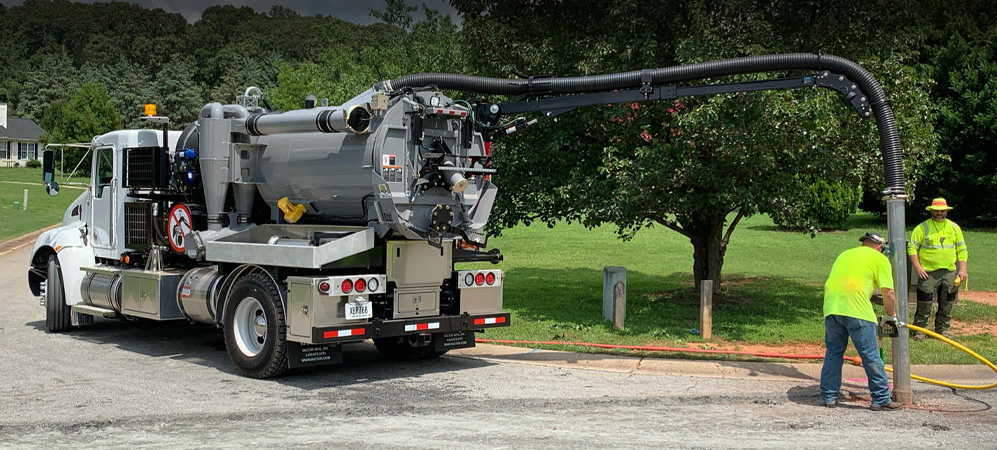Hydro-Excavation Best Practices for Maximum Efficiency
Hydro-excavation, a method that utilizes pressurized water and a vacuum system to break up soil and extract debris, has become a cornerstone in modern excavation practices. To achieve maximum efficiency in hydro-excavation, several best practices must be adhered to, ensuring not only the safety of the operation but also the precision and speed required in various industrial and construction settings. One critical aspect is the utilization of the right equipment. Choosing the appropriate hydro-excavation unit with the correct pressure and vacuum capabilities is paramount. The equipment should match the specific requirements of the job, considering factors such as soil type, depth of excavation, and the presence of any underground utilities. Before commencing any hydro-excavation operation, thorough planning is essential. This includes conducting a comprehensive site assessment to identify potential hazards and determine the optimal approach. Locating underground utilities through utility mapping or other reliable methods is crucial to avoid accidental damage during the excavation process. Planning should also encompass weather considerations, as extreme conditions can impact the efficiency and safety of the operation.

Adequate training for the hydro-excavation team is a fundamental best practice. Operators must be well-versed in the equipment’s functionality, safety protocols, and emergency procedures. Ongoing training ensures that the team stays abreast of the latest advancements in technology and safety standards. In hydro-excavation, water pressure plays a pivotal role. The pressure should be carefully calibrated to effectively break up soil without causing unnecessary damage to underground infrastructure. Striking the right balance between pressure and flow rate is key to achieving maximum efficiency. Additionally, using hot water in the hydro-excavation process can enhance the system’s effectiveness, particularly in cold climates where soil may be frozen or compacted. Implementing a proper water management system is equally crucial. Recycling and reusing water can reduce the environmental impact of hydro-excavation operations and minimize water consumption. While excavating, maintaining a clear line of communication between the hydro-excavation team and other onsite personnel is vital. This ensures that everyone is aware of the excavation activities, minimizing the risk of accidents.
The use of safety barriers and signage further enhances job site safety. Regular equipment maintenance is a non-negotiable best practice. Routine checks and repairs prevent downtime, extend the lifespan of the hydro-excavation unit, and contribute to overall operational efficiency. Operators should also conduct regular inspections of hoses, nozzles, and other components to identify and address any issues promptly. Documentation is a critical aspect of hydro-excavation best practices. Accurate record-keeping of excavation activities, including the location of underground utilities, helps prevent future accidents and facilitates efficient project management. Finally, embracing technology, such as GPS tracking and remote monitoring, can enhance operational efficiency by providing real-time data on the location and performance of the hydro excavation service Green Bay equipment. In conclusion, adhering to these best practices ensures that hydro-excavation operations are not only efficient but also safe, environmentally responsible, and well-documented, meeting the demands of modern construction and excavation projects.
